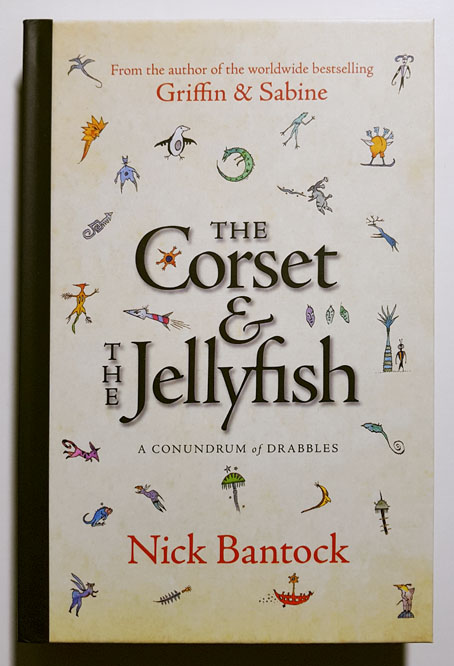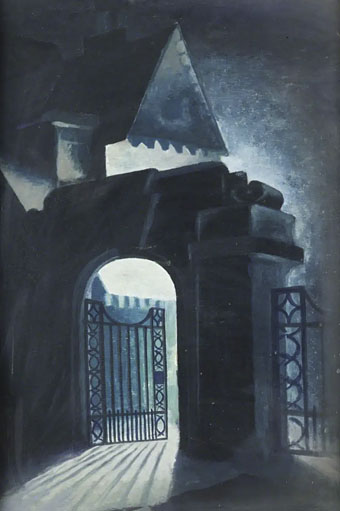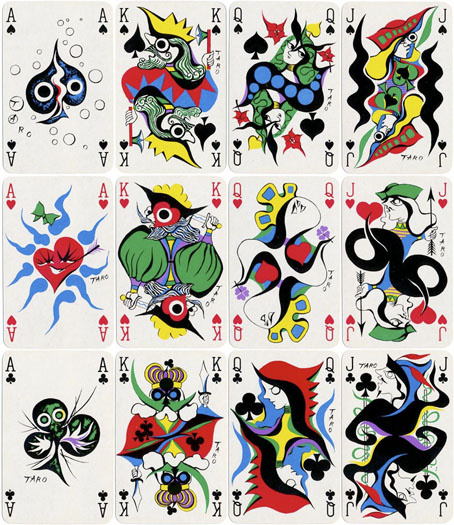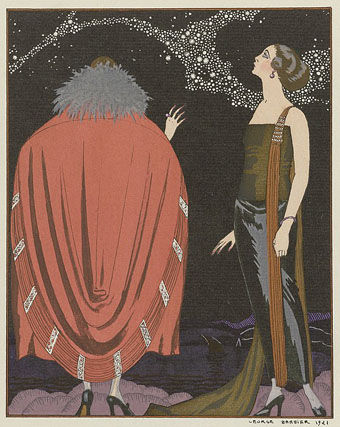Cover design by Brian DeVoot and Elizabeth Story.
In the post this week, the latest book from Tachyon, a collection of Oulipo-inflected Surrealism from Nick Bantock:
Little is known of the fascinating manuscript that Nick Bantock has come to possess. It was discovered in an attic in North London, stuffed into a battered cardboard box, and unceremoniously delivered directly to Nick’s doorstep. Inside the package lay one hundred evocatively absurd stories, one hundred humorous drawings of strangely familiar, quirkish glyphs, plus a cryptically poetic note signed only as “HH.” (Possibly the well-known, eccentric billionaire, Hamilton Hasp?)
In these stories—each consisting of precisely 100 words—strange creatures slip through alleyways, and eerie streets swallow people whole. Taken altogether, they may constitute a puzzle that no one has been able to solve thus far. Could there even be one missing story?
I didn’t design this one but I was happy to see a preview copy which I described as “A tapestry of exquisite miniatures”. Each of Bantock’s illustrations is printed in colour, which I think is a first for the publisher. Given the time of year, The Corset and the Jellyfish is an ideal gift for any visitors to Calvino’s invisible cities.





